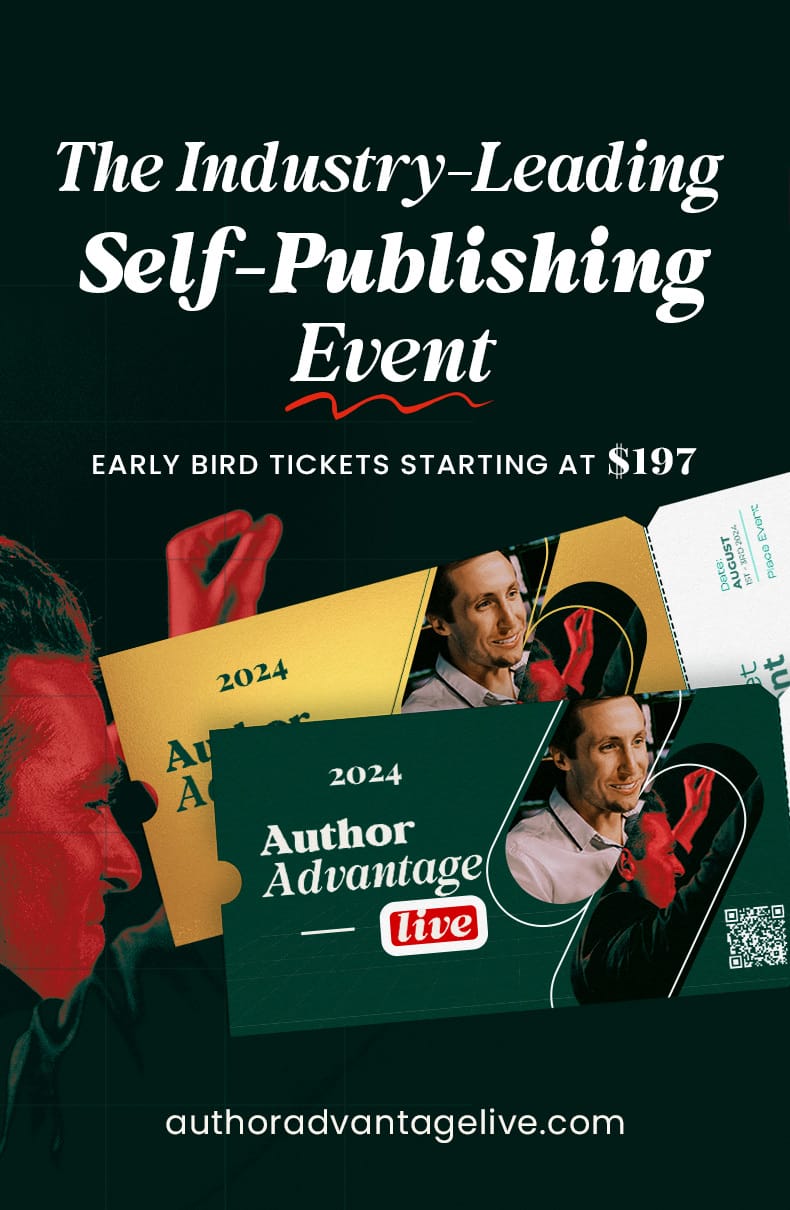 Like all other print media, magazine publishers are feeling the heat of digital text and multimedia applications as the tide of digitization continues to roll over old industries. Traditional ways of getting content to readers are changing fast, and print designers are starting to look like buggy whip manufacturers.
Like all other print media, magazine publishers are feeling the heat of digital text and multimedia applications as the tide of digitization continues to roll over old industries. Traditional ways of getting content to readers are changing fast, and print designers are starting to look like buggy whip manufacturers.
Hoping to get in front of the movement, a group of magazine publishers has come togther to try to develop standards for an electronic “tablet” about the size of a print magazine that would display “magazine-like” content in color, with the ability to call up audio and video clips and otherwise act like a dedicated reader appliance.
I’ve written several times about why it looks like these devices are temporary attempts to bridge the gap between old technology and new, and these theoretical tablets don’t seem all that different. (And what’s up with “tablet”? Take two and call me in the morning?)
The More Things Change, The More They Look Like the Past
Here’s part of the report that ran in yesterday’s newspapers:
The new approaches depend on two assumptions: that consumers will finally embrace the tablet computers that manufacturers have promised for years, and that they will want to read magazine-style content on them. Publishers are creating magazine-like products for these devices, but different mediums lend themselves to different reading styles…
Thoms J. Wallace, editorial director of Condé Nast, said he expected the design of the magazine app to evolve, reflecting how people used it. “… we’ll find our way with this, but we need to have … the consumer using the thing to tell us what’s best. So we start with who we are.”
—“Magazines Determined To Be Ready For Tablets” by Stephanie Clifford in The New York Times December 16, 2009
When new technologies are first introduced, they assume the forms of the old technology they are replacing. Consider:
- At the beginning of printing, books were intended to look as much as possible like the work of scribes who hand wrote books for thousands of years.
- When photography was invented, and due to the slow emulsions being used, photographs tried to look as much as possible like paintings.
- Motion pictures were first used as a means to record theatrical plays, staged for the camera.
So the appearance of ereaders that try to look and feel as much like a book as possible isn’t really surprising. They are often described as “the size and shape of a paperback book” as if this somehow qualified them as a suitable replacement, although there is no similarity whatsoever between the two.
Of course, the imitation of old forms and formats by new technology makes the new technology less strange, less scary, less alien. The photograph isn’t a painting, but it can perform many of the “functions” of a painting. A wireless G3-enabled 16 Gigabyte MP3-playing Barnes & Noble Nook eReader isn’t a book, but it can stand in for one if text is all you really wanted.
Watch Out For The Next Couple of Generations
As technology matures, it loses its need to imitate what came before, and the old technology looks more and more irrelevant. The new technology enters its adolescence by breaking away from the bonds of the past, exploring its own potential to make sense of the world.
What the book, after spending 500 years in its printed form, will morph into in the digital age, is unknown. But it will not be recognizable, and it probably won’t be available for your Kindle.
What do you think?


